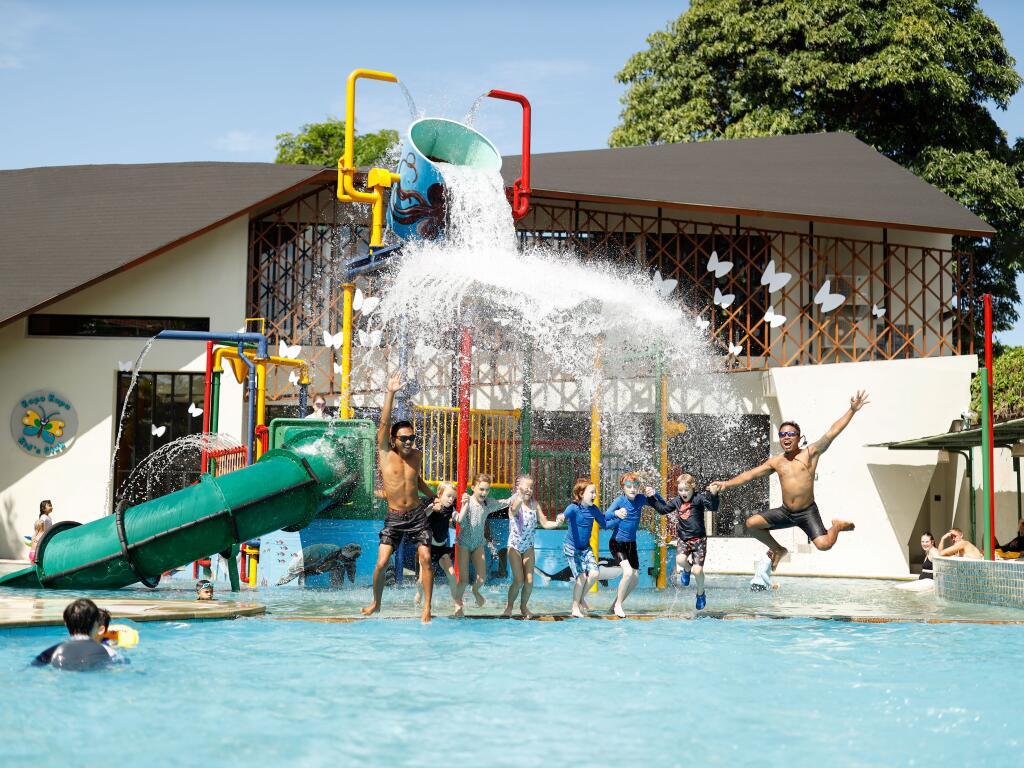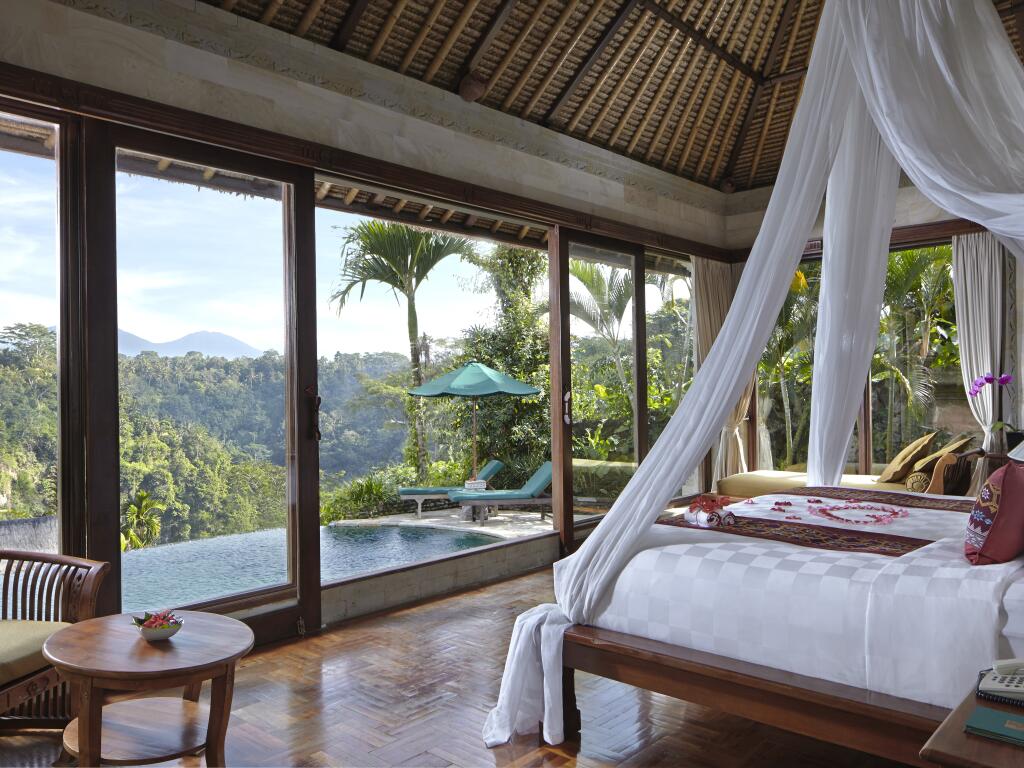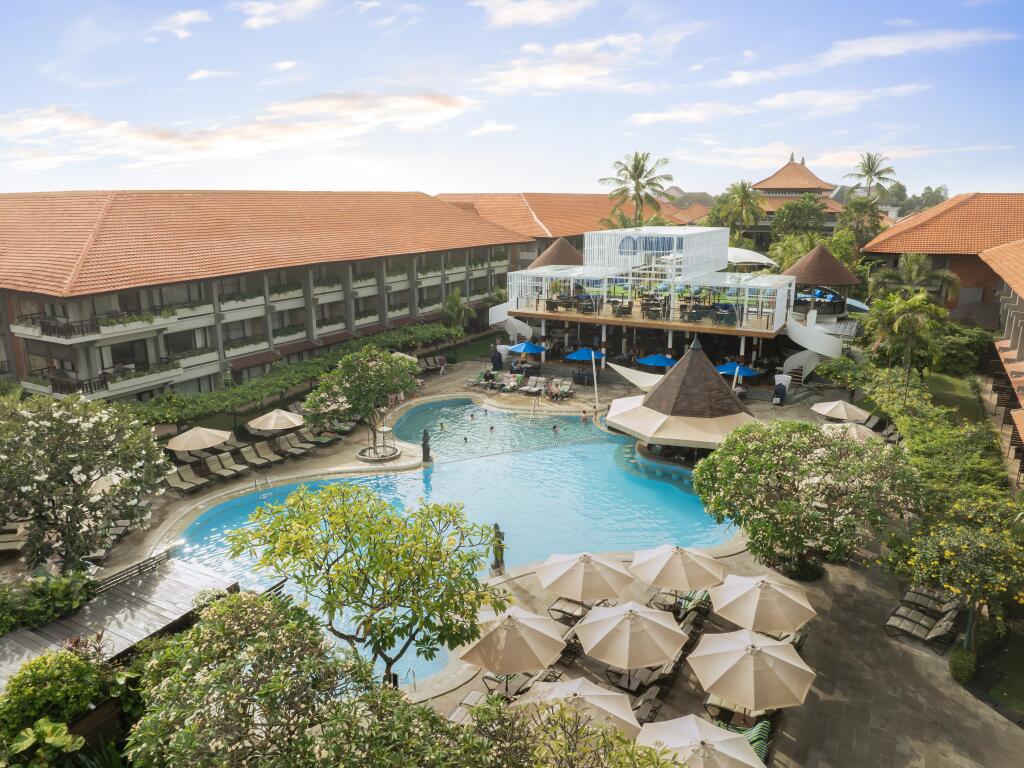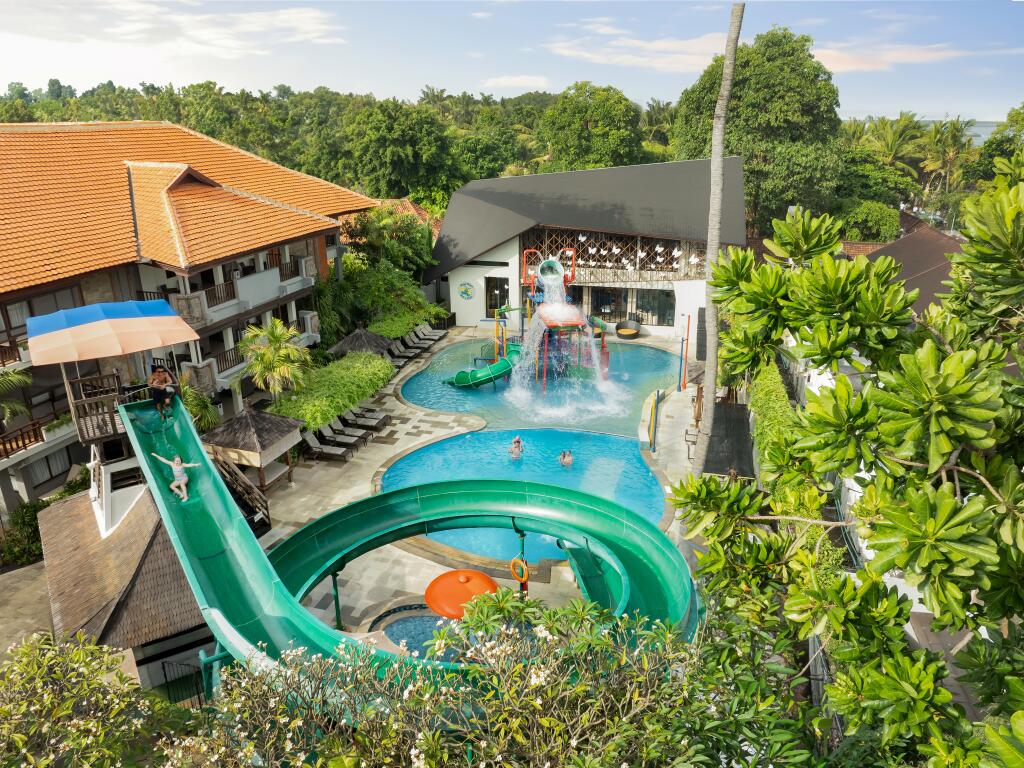Bali Villages
A fascinating part of Bali's cultural history, Balinese villages are a popular attraction that reveal the unique rituals of traditional Balinese life that remain today. Bali villages are designed around the principal of balance, where humanity and nature meet in harmony. The basic design philosophy is order with the same mud walls, red tiles, family pavilions and thatched roofs used throughout the villages. Houses are spaced 30m apart and each Bali village features family temples known as sanggah or merajan as well as community halls called banjars.
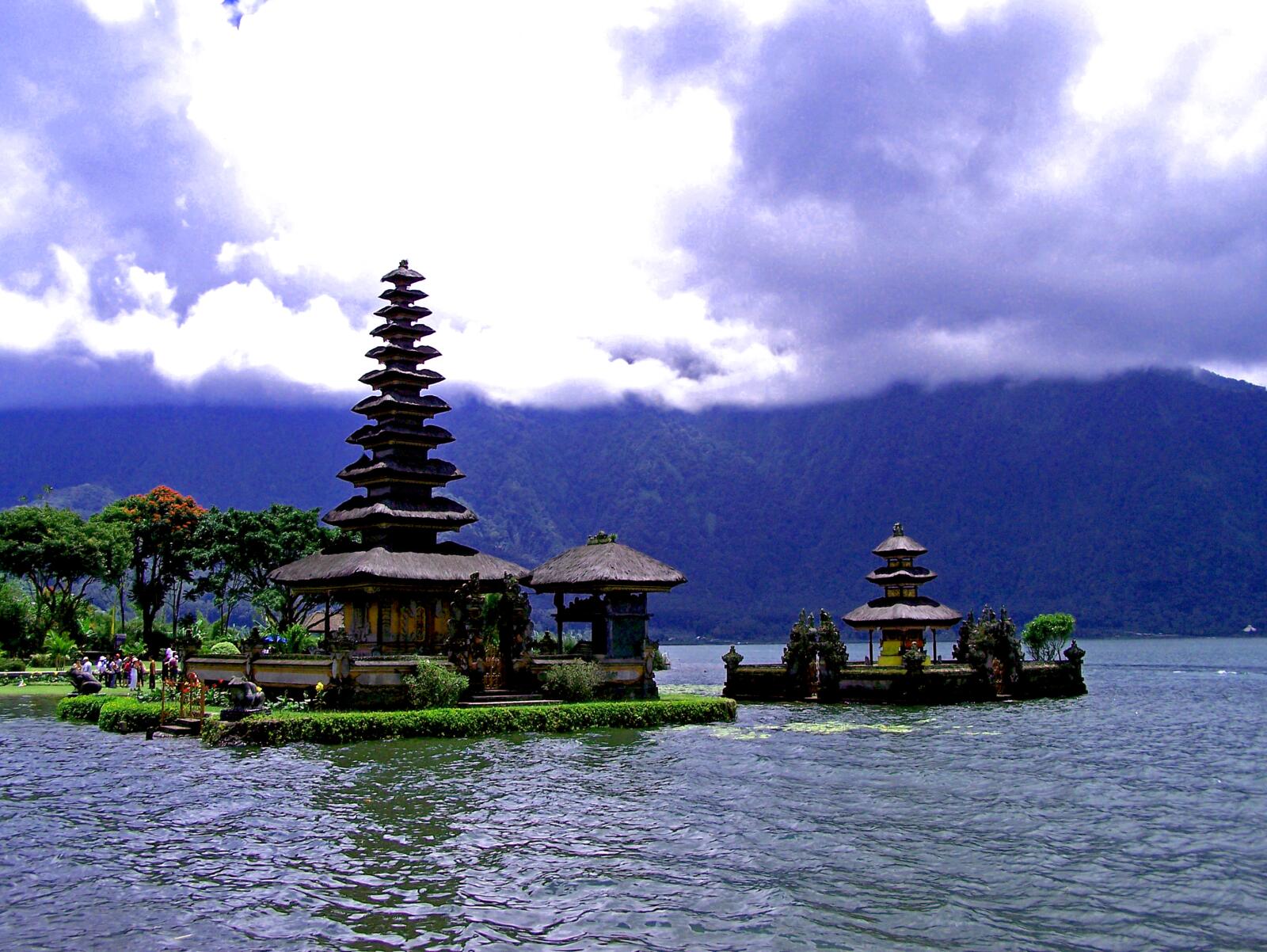
Bali villages are known as desas and are located both on the wetlands of the rice paddies and the dry land of gardens, compounds, roads and temples. Most Bali villages are home to 3 village temples, known as kahyangan tigas and each focuses on a symbolic aspect of life: origin - pura puseh (navel temple), pura desa (territory) and pura dalem (temple of the dead). Temples are extremely important when it comes to local rituals and ceremonies and these events cannot take place unless a pejati or notification offering has taken place.
Bali villages operate on their own unique social structure with utmost respect shown to traditional village headmen as well as the village committees who make major decisions. Although traditional Bali villages tend to prefer to operate in privacy, some that are located closer to the major tourist centres allow visitors into the village to learn about the local way of life, see the way native Balinese people live and to observe traditional ceremonies, cooking practices and more.
Most Bali villages are located outside the main tourist areas, therefore we recommend booking a guided tour to learn more about the unique Balinese culture and get the most out of your authentic Bali village experience.

